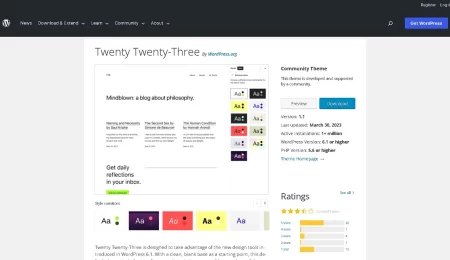Memorize HTML Tags: The Best Practices
Memorize HTML Tags: HTML (Hypertext Markup Language) is the backbone of web development, providing the structure and content for websites. Learning HTML tags is essential for anyone aspiring to become a web developer or interested in creating their own website. While it may seem daunting at first, there are effective techniques and best practices that can help you memorize HTML tags efficiently. In this article, we will explore some strategies to make learning HTML tags easier and faster.
Introduction
HTML tags are the building blocks of web pages, defining the structure and content of different elements on a website. Memorizing these tags may seem challenging, but with the right approach, you can effectively learn and retain them.
Understanding HTML Tags
HTML tags are enclosed in angle brackets (< >) and are composed of an opening tag and a closing tag. The opening tag denotes the beginning of an HTML element, while the closing tag signifies its end. Tags can contain attributes that provide additional information or modify the behavior of an element.
Categorizing HTML Tags
To simplify the learning process, it can be helpful to categorize HTML tags based on their functionality. Some common categories include structural tags (e.g., <header>, <nav>, <footer>), text formatting tags (e.g., <h1>, <p>, <em>), and multimedia tags (e.g., <img>, <video>, <audio>). By organizing tags into groups, you can focus on learning them incrementally.
Learning Through Hands-on Practice
One of the most effective ways to memorize HTML tags is through hands-on practice. Start by creating a simple HTML document and experiment with different tags. By applying tags to actual content and seeing the results in a web browser, you reinforce your understanding and memory of each tag.
Creating Cheat Sheets
Creating cheat sheets can serve as a valuable reference tool during the learning process. Summarize the most commonly used HTML tags, their syntax, and their purpose on a single sheet of paper. Keep the cheat sheet handy whenever you’re practicing or building web projects, allowing you to quickly recall the necessary tags.
Utilizing Online Resources
There are numerous online resources available that provide tutorials, examples, and interactive exercises for learning HTML tags. Websites like W3Schools, MDN Web Docs, and Codecademy offer comprehensive guides and practice opportunities. Take advantage of these resources to supplement your learning process.
Building Simple Web Projects
Practical application is key to solidifying your understanding of HTML tags. Start by building simple web projects, such as personal websites or small landing pages. By incorporating a variety of HTML tags into your projects, you reinforce your knowledge while gaining hands-on experience.
Participating in Online Communities
Engaging with the web development community can be highly beneficial for learning HTML tags. Join online forums, social media groups, or coding communities where you can ask questions,share your progress, and learn from others. Collaborating with like-minded individuals who are also learning HTML tags can provide valuable insights, tips, and resources to enhance your understanding.
Breaking Down Complex Tags
Some HTML tags may appear complex due to their nested structure or extensive attributes. To tackle such tags, break them down into smaller components and understand their individual functionalities. By deconstructing complex tags, you can grasp their purpose and usage more effectively.
Understanding Tag Attributes
HTML tags can have attributes that provide additional information or modify their behavior. Familiarize yourself with commonly used attributes such as “class,” “id,” “src,” and “href.” Understand how these attributes impact the presentation and functionality of HTML elements.
Utilizing Visual Aids
Visual aids can greatly aid the memorization process. Take advantage of online resources, such as interactive visual tutorials or flashcards, that present HTML tags and their corresponding elements in a visual format. Associating tags with visual cues enhances retention and recall.
Revisiting and Reinforcing Knowledge
Consistent revision is vital for long-term retention of HTML tags. Set aside dedicated time to review previously learned tags regularly. Quiz yourself, create flashcards, or engage in interactive exercises to reinforce your knowledge and ensure that you retain the information effectively.
Staying Updated with HTML Standards
HTML is an evolving language, and new tags and standards are introduced over time. Stay updated with the latest HTML specifications and best practices. Explore official documentation and reputable online sources to ensure you are familiar with any updates or changes in HTML tags.
Testing and Debugging
As you practice and apply HTML tags, it’s crucial to test and debug your code. Use web development tools and browsers’ developer consoles to identify and fix any errors or issues. By actively debugging your HTML code, you gain a deeper understanding of tag usage and troubleshoot any problems effectively.



Leave a Comment